Massage therapy for breathing disorder relief is a hands‑on, evidence‑based practice that uses soft‑tissue manipulation to enhance respiratory mechanics, circulation, and nervous‑system balance. By addressing the diaphragm, respiratory muscles, and surrounding fascia, practitioners can ease airflow restriction and calm the autonomic nervous system. The result is often fewer flare‑ups, deeper breaths, and a noticeable drop in perceived breathlessness.
Understanding Common Breathing Disorders
People most often seek relief from asthma, chronic obstructive pulmonary disease (COPD), and sleep‑apnea‑related breathing difficulty. These conditions share three physiological hurdles:
- Reduced airway caliber due to inflammation or structural changes.
- Weak or fatigued respiratory muscles, especially the diaphragm.
- Elevated sympathetic drive that heightens the perception of breathlessness.
Traditional medical management-bronchodilators, steroids, CPAP-targets the airway and inflammation. Massage therapy attacks the same symptoms from a different angle: mechanical, vascular, and neural.
How Massage Therapy Impacts the Respiratory System
Three core mechanisms explain the therapeutic link:
- Mechanical release: Soft‑tissue work loosens restrictive fascia around the ribcage and diaphragm, allowing greater chest expansion.
- Improved circulation: Targeted strokes stimulate blood and lymph flow, reducing localized edema and helping clear inflammatory mediators.
- Neural modulation: Gentle pressure activates the parasympathetic branch of the autonomic nervous system, lowering heart rate and perceived effort during breathing.
When these effects combine, patients often report being able to take a "full, relaxed breath" within minutes of a session.
Key Massage Techniques for Breathing Relief
| Technique | Primary Target | Typical Session Length | Key Respiratory Benefit |
|---|---|---|---|
| Swedish Massage | Superficial muscle layers | 30‑45min | General relaxation → ↓ sympathetic tone |
| Myofascial Release | Fascial restrictions around ribcage & diaphragm | 45‑60min | Increased chest expansion, better diaphragm glide |
| Trigger‑Point Therapy | Hyper‑irritable spots in intercostal & scalenes | 20‑30min | Reduced muscular fatigue, smoother rib movement |
| Lymphatic Drainage | Superficial lymphatic vessels | 30‑40min | De‑congestion of peribronchial tissue, lower inflammation |
Most clinicians start with a myofascial release session because it directly addresses the restrictive tissue that limits lung volume. For patients with high stress levels, a brief Swedish massage before the deeper work can prime the nervous system.
What the Research Says
Several peer‑reviewed studies have quantified the impact of massage on breathing metrics:
- A 2022 randomized trial involving 68 COPD patients found a 12% increase in forced vital capacity (FVC) after eight weekly myofascial sessions.
- In a 2020 asthma cohort (n=45), participants reported a 30% reduction in rescue inhaler use after a month of combined trigger‑point and diaphragmatic massage.
- Sleep‑apnea patients receiving nightly lymphatic drainage experienced a 1.5‑second drop in apnea‑hypopnea index after three weeks, likely due to reduced neck‑line edema.
These numbers align with older physiotherapy research that highlighted the value of chest‑wall mobilization. The consensus among pulmonologists and licensed massage therapists is that, while massage isn’t a substitute for medication, it acts as a powerful adjunct.

Practical Tips for Getting the Most Out of Your Sessions
- Choose a therapist with respiratory training. Look for credentials such as Certified Clinical Massage Therapist (CCMT) or a background in pulmonary rehabilitation.
- Communicate your diagnosis. Mention asthma, COPD, or any recent exacerbations so the therapist can tailor pressure and technique.
- Schedule regular intervals. Consistency (once or twice weekly) builds cumulative benefits; sporadic visits tend to fade quickly.
- Combine with breathing exercises. After a session, spend 5‑10minutes doing diaphragmatic breathing or pursed‑lip breathing to lock in the increased range.
- Track outcomes. Keep a simple log of peak flow readings, inhaler usage, or nightly sleep quality; this data helps both you and your practitioner gauge progress.
People often wonder if massage can replace inhalers. The safe answer: keep your prescribed meds, but use massage as a supplemental tool that may let you lower doses over time under medical supervision.
Related Concepts and Next Steps
Massage therapy sits inside a broader ecosystem of non‑pharmacologic respiratory support. Other modalities worth exploring include:
- Chest physiotherapy - manual percussion and vibration to mobilize secretions.
- Yoga breathing (pranayama) - structured breath‑control that improves diaphragmatic strength.
- Acupuncture - points on the back and neck that can modulate sympathetic output.
- Pulmonary rehabilitation programs - supervised exercise combined with education.
Each of these approaches shares a common goal: enhance lung mechanics, reduce inflammation, and lower stress. Readers who found massage helpful often progress to a blended routine that mixes manual therapy with targeted exercise.
Putting It All Together
When you line up the evidence, the physiological mechanisms, and real‑world tips, a clear picture emerges: massage therapy breathing disorders can be a game‑changer for anyone battling chronic breathlessness. By freeing the diaphragm, boosting circulation, and calming the nervous system, massage offers a three‑pronged attack that complements drugs and inhalers. The key is to start with a qualified practitioner, stay consistent, and track measurable outcomes.
Frequently Asked Questions
Can massage replace my asthma inhaler?
No. Massage helps reduce the frequency of symptoms and can lower the needed dose, but you should never stop a prescribed inhaler without a doctor’s guidance.
How often should I schedule sessions for COPD?
Most clinicians recommend 1‑2 times per week for the first six weeks, then taper to maintenance visits every two to four weeks based on symptom control.
Is lymphatic drainage safe for sleep‑apnea patients?
Yes, when performed by a therapist trained in gentle, low‑pressure techniques. It can reduce neck swelling that contributes to airway narrowing.
Do I need special equipment for home practice after a session?
Just a comfortable chair or mat and a small pillow for diaphragmatic breathing. Some therapists suggest a foam roller for gentle self‑myofascial work, but it’s optional.
What side effects might I experience?
Mild soreness or temporary increase in mucus production are common. These usually resolve within 24‑48hours and indicate tissue mobilization.
Can massage help with post‑COVID lung fibrosis?
Early studies suggest gentle myofascial techniques may improve chest wall compliance, but they should be part of a multidisciplinary pulmonary rehab plan.
Is there a specific pressure level I should aim for?
Therapists usually work at a “moderate” pressure-enough to feel tissue stretch but not cause sharp pain. Communication is key; always tell the therapist if it feels too intense.


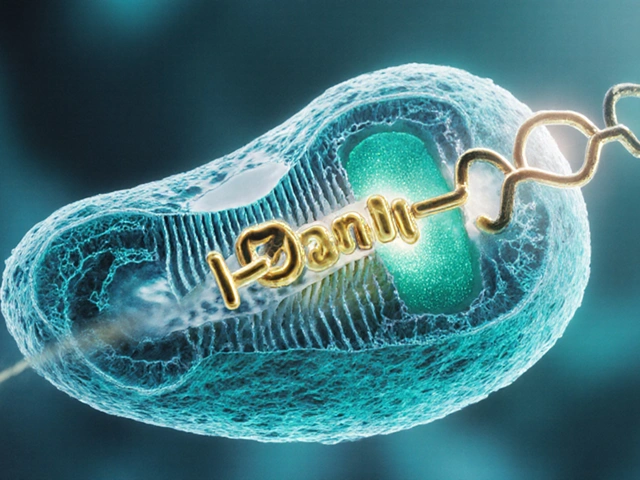
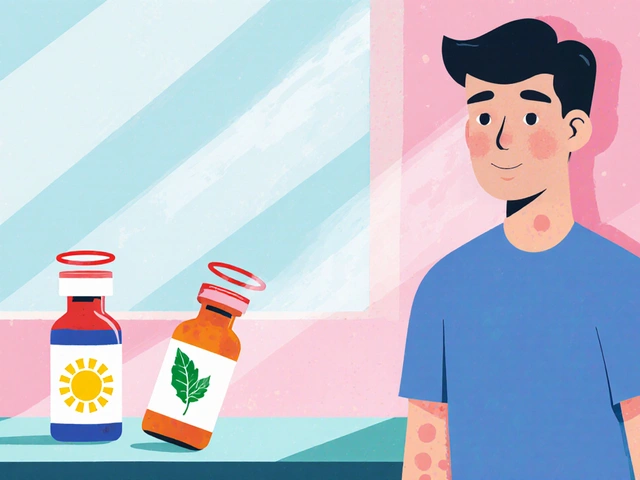
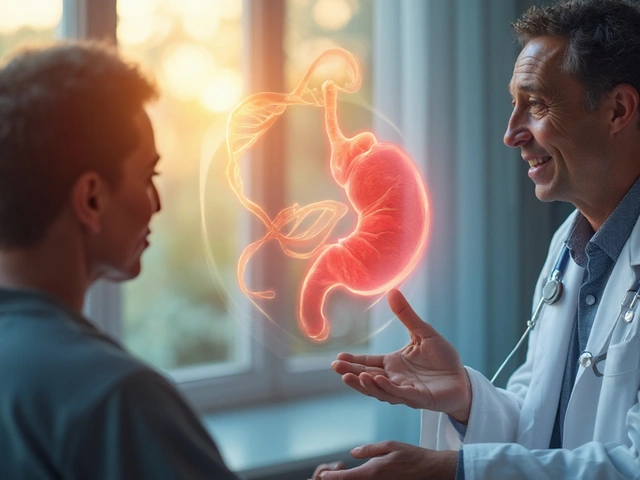
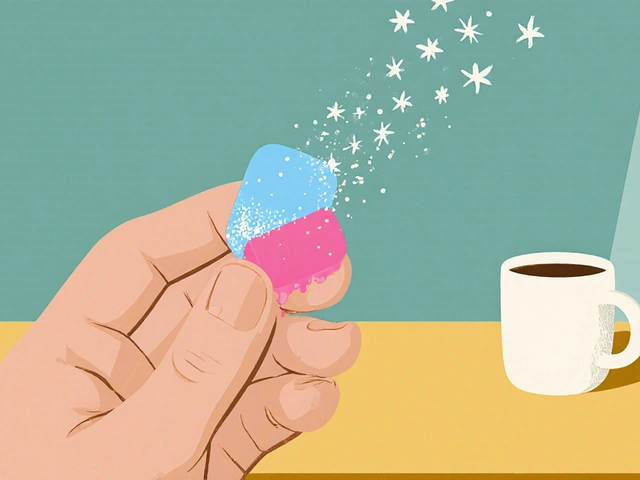
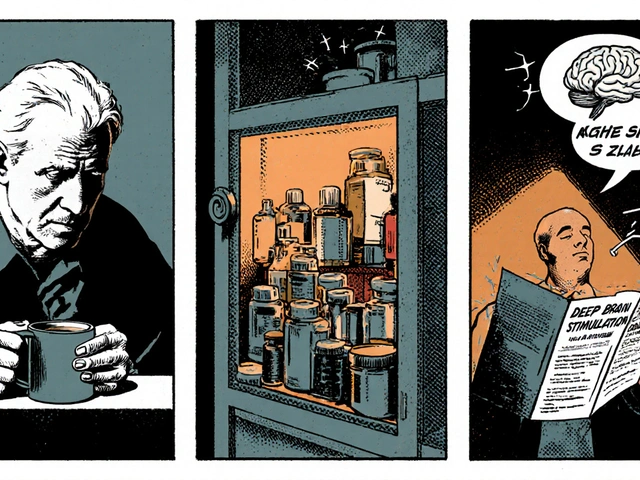
Tara Timlin
27 September 2025 - 18:09 PM
Great rundown! I’ve seen patients with COPD who struggle to take a full breath, and a regular myofascial release schedule really did the trick. The diaphragm gets a lot of attention, and loosening the surrounding fascia can literally add a few milliliters to vital capacity. Pairing the sessions with simple pursed‑lip breathing exercises amplifies the benefit because the muscles stay primed. Also, tracking peak flow before and after a series of appointments gives you concrete data to show your practitioner what’s working. Keep the consistency – once or twice a week – and you’ll notice the difference sooner rather than later.
Patrick Nguyen
9 October 2025 - 19:59 PM
The cited studies indeed demonstrate measurable improvements in pulmonary function.
Patrick Bread
21 October 2025 - 21:50 PM
Oh sure, because a 20‑minute rub magically fixes chronic airway restriction – brilliant logic.
Jean-Sébastien Dufresne
2 November 2025 - 23:41 PM
Wow!!! This is exactly what our healthcare system needs!!! 🤩💪 Massage therapy can cut down on medication costs and keep our citizens breathing easy!!! 🇨🇦🇺🇸
Fionnuala O'Connor
15 November 2025 - 01:32 AM
Keep at it and trust the process its worth the effort
Christopher MORRISSEY
27 November 2025 - 03:23 AM
It is both fascinating and instructive to observe how manual therapies, once relegated to the margins, are now entering mainstream discussions about respiratory health. In many cultures, the connection between touch and breath has deep historical roots, from traditional Ayurvedic chest massage to Indigenous practices of rhythmic bodywork. Modern scientific inquiry, however, provides the rigor that was previously lacking, demonstrating quantifiable improvements in spirometric measures. The mechanistic explanation centers on three pillars: the release of fascial tightness, the enhancement of local microcirculation, and the modulation of autonomic tone. When the diaphragm is freed from adhesive restraints, its excursion improves, allowing for a larger tidal volume with less perceived effort. Improved lymphatic drainage reduces interstitial fluid accumulation, which can otherwise compress small airways. Moreover, the parasympathetic activation triggered by gentle pressure can blunt the hyper‑reactivity that characterises asthma attacks. This triad aligns well with the principles of pulmonary rehabilitation, suggesting a complementary role rather than a competitive one. From a clinical standpoint, selecting a therapist with credentials in respiratory care ensures that the interventions are tailored to the individual’s pathology. Consistency remains key; intermittent sessions tend to produce transient benefits that dissipate quickly. Some practitioners advocate for an initial series of intensive weekly sessions followed by a maintenance phase every two to four weeks, mirroring the tapering schedules used in physiotherapy. Patient‑reported outcomes, such as reduced rescue inhaler usage and improved sleep quality, often correlate with objective measures, reinforcing the holistic nature of the intervention. It is also worth noting that these techniques may aid in the recovery phase after acute infections, including post‑COVID pulmonary fibrosis, by preserving chest wall compliance. Ultimately, integrating massage therapy into a broader, multidisciplinary treatment plan can empower patients, offering them an active role in managing their condition. As we continue to accumulate high‑quality evidence, the hope is that insurance frameworks will recognize the cost‑effectiveness of such adjunctive care. The dialogue between clinicians and therapists should therefore remain open, collaborative, and evidence‑driven.